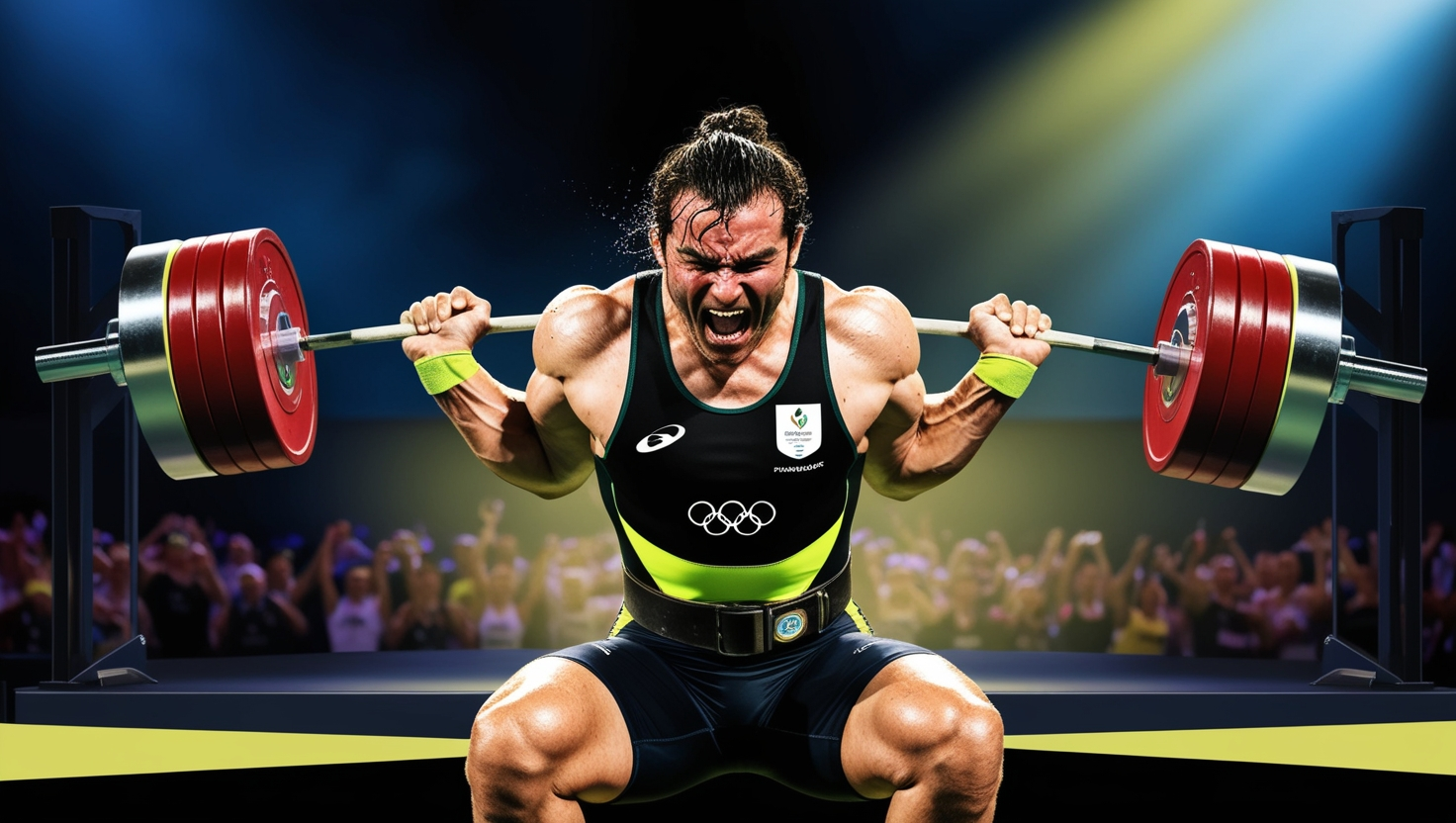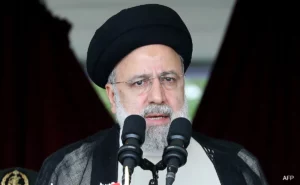Paralympic Powerlifting: A Showcase of Strength and Determination

paralympic powerlifting
Paralympic powerlifting, also known as para powerlifting, is a specialized adaptation of powerlifting for athletes with disabilities. This sport has been a part of the Paralympic Games since 1984 and is governed by the International Paralympic Committee (IPC) through World Para Powerlifting.
Competition Structure
In Paralympic powerlifting, athletes compete in a single discipline—the bench press. Competitors are classified into ten weight categories for both men and women. Athletes are allowed three attempts to lift the maximum weight possible, with an optional fourth attempt for setting a world record, which does not count towards the final competition result.The competition involves strict adherence to rules: athletes must lower the bar to their chest, hold it motionless, and then press it upwards to arms-length with locked elbows. Each lift is judged by three referees who signal the validity of the lift using a system of white and red lights—two or more white lights indicate a successful lift.
Historical Context and Milestones
Paralympic powerlifting has evolved significantly since its inception. Initially, it was primarily for male athletes with spinal cord injuries. Over time, it has expanded to include a wider range of physical impairments, allowing for greater inclusivity.Some key milestones in the history of Paralympic powerlifting include:
- 1964: Weightlifting debuted at the Paralympics.
- 1984: Powerlifting was officially included in the Paralympic Games.
- 1992: The sport was featured exclusively as powerlifting, moving away from traditional weightlifting formats.
- 2022: Introduction of a new medal category for total lifts, in addition to best lifts, enhancing competitive recognition.
Last Year’s Winners and This Year’s Possible Winners
At the 2020 Tokyo Paralympic Games, the following athletes emerged victorious in their respective weight categories:
| Men’s Events | Women’s Events |
|---|---|
| 49kg: Sherali Juraev (Uzbekistan) | 41kg: Hu Dandan (China) |
| 54kg: Rasool Mohsin (Iraq) | 45kg: Guo Lingling (China) |
| 59kg: Omar Qarada (Jordan) | 50kg: Hani Alnakhli (Saudi Arabia) |
| 65kg: Sherali Juraev (Uzbekistan) | 55kg: Cui Zhe (China) |
| 72kg: Bonnie Bunyau Gustin (Malaysia) | 61kg: Hu Dandan (China) |
| 80kg: Qi Yongkai (China) | 67kg: Guo Lingling (China) |
| 88kg: Qi Yongkai (China) | 73kg: Hani Alnakhli (Saudi Arabia) |
| 97kg: Nader Moradi (Iran) | 79kg: Cui Zhe (China) |
| 107kg: Siamand Rahman (Iran) | 86kg: Guo Lingling (China) |
| +107kg: Sherali Juraev (Uzbekistan) | +86kg: Cui Zhe (China) |
As the world gears up for the 2024 Paris Paralympic Games, several athletes are poised to make their mark. Some potential medal contenders include:
- Men’s Events: Bonnie Bunyau Gustin (Malaysia), Qi Yongkai (China), Nader Moradi (Iran)
- Women’s Events: Hu Dandan (China), Guo Lingling (China), Hani Alnakhli (Saudi Arabia), Cui Zhe (China)
However, with the unpredictable nature of sports, it remains to be seen who will emerge victorious in the upcoming Paralympic Games.
Global Reach and Participation
Paralympic powerlifting is one of the fastest-growing sports within the Paralympic Movement, practiced in nearly 100 countries. The sport has gained popularity due to its emphasis on upper body strength, with some athletes lifting more than three times their body weight.Major competitions include the Paralympic Games, biennial World Championships, and annual World Cup events. These events showcase the incredible strength and determination of athletes with disabilities, promoting inclusivity and diversity within competitive sports.






